Other Names for Sugar Used by Companies
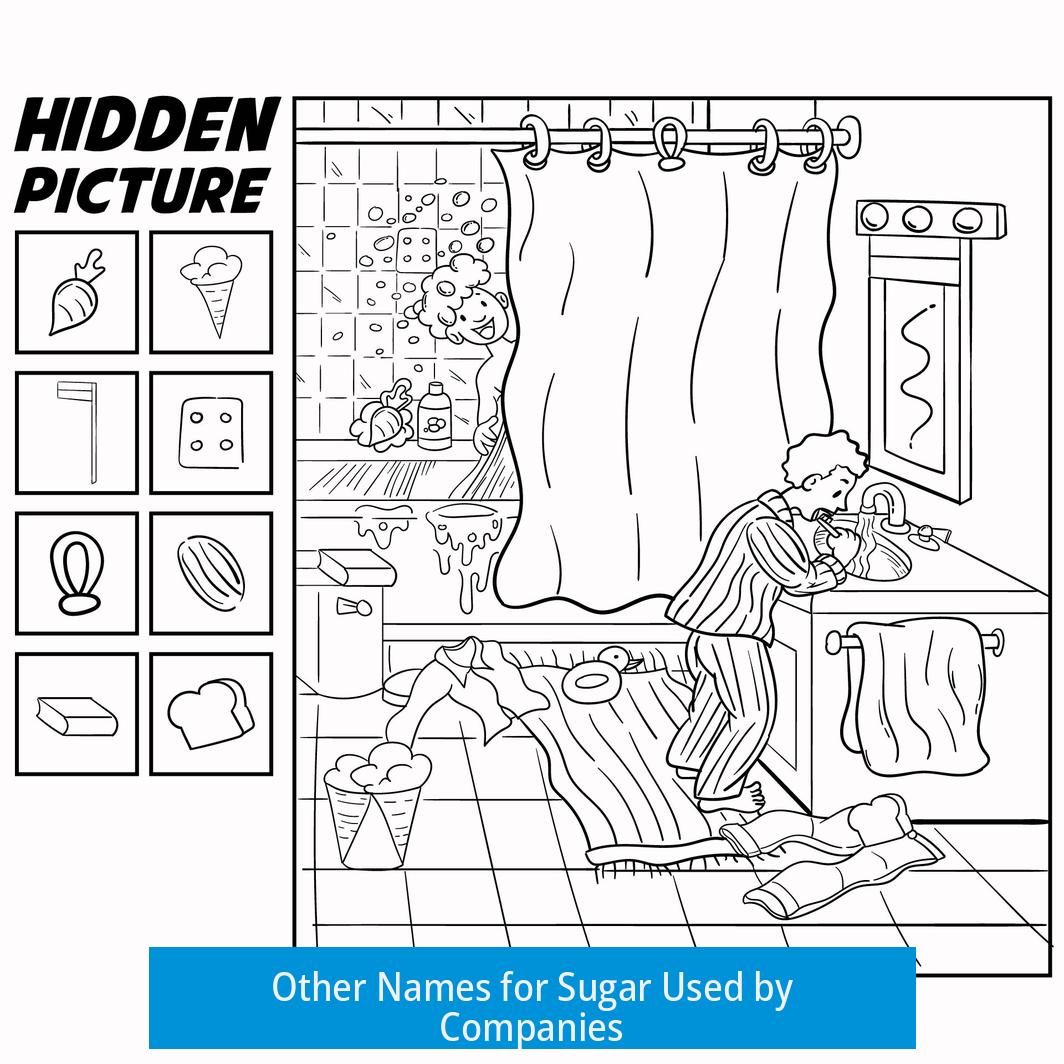
Companies use various alternative names for sugar on labels to make products appear healthier or less sugary. These names include mono- and disaccharides ending in “-ose,” syrups, and natural sweeteners. This strategy helps to diminish the visible impact of “sugar” on ingredient lists.
1. Sugars Ending in “-ose”
Many sugars end with the suffix “-ose,” which indicates a sugar molecule. Examples include:
- Glucose
- Fructose
- Sucrose
- Lactose
- Maltose
- Dextrose
These names sound technical but are chemically sugars.
2. Added Sugars on Nutrition Labels
The FDA mandates the disclosure of added sugars. These incorporate:
- Brown sugar
- Corn syrup and high-fructose corn syrup
- Honey and molasses
- Malt syrup and raw sugar
- Trehalose and turbinado sugar
Products must indicate added sugar content including Daily Value percentages, ensuring transparency.
3. Natural Sugars and Sweeteners Without “Sugar”
Many companies list natural sweeteners avoiding the term “sugar.” Examples include:
- Cane juice or evaporated cane juice
- Beet sugar or beet juice (used to bypass labeling issues)
- Malt syrup, oat syrup, rice bran syrup
- Agave nectar
These can give a “natural” image while contributing sugar.
4. Blending Sugars to Lower Appearance of Sugar Content
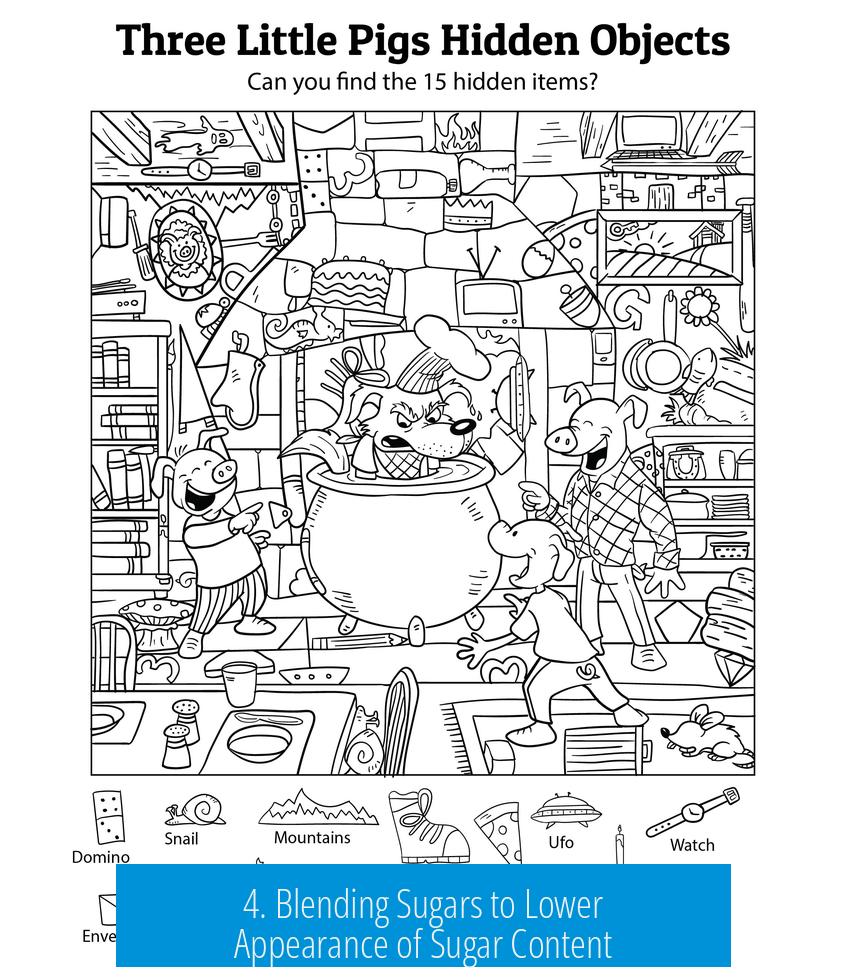
Combining several types of sugar allows companies to push “sugar” lower on the ingredient list, influencing perception:
“1/3 raw sugar + 1/3 cane sugar + 1/3 sugar” reduces emphasis on refined sugar.
5. Syrups and Processed Forms to Mask Sugar
Syrups that are almost pure sugar (e.g., corn syrup) or concentrated forms like fruit juice crystals or powdered concentrates can hide sugar content.
Processing removes water, increasing sugar density, which companies use to disguise high sugar levels behind natural-sounding names.
Key Takeaways
- Many sugar names end with “-ose” like glucose or fructose.
- Added sugars must be listed but can have various names.
- Natural sweeteners avoid the word “sugar” for a healthier appeal.
- Multiple sugars blending can obscure actual sugar content.
- Syrups and concentrates mask sugar behind natural terms.
What Are Other Names for Sugar Companies Use to Avoid Making Their Product Look Shitty?
Let’s cut to the chase: Companies *love* to disguise sugar. They dress it up in fancy names to make their products seem healthier or less sugary than they really are. It’s like sugar’s version of a Hollywood makeover—out of the spotlight but still stealing the show.
Have you ever flipped a package and scratched your head when you spotted “maltose” or “invert sugar”? Those are just sugar in disguise. Let’s unpack this sugary masquerade together.
1. The Classic Sugar Family Ending in -ose
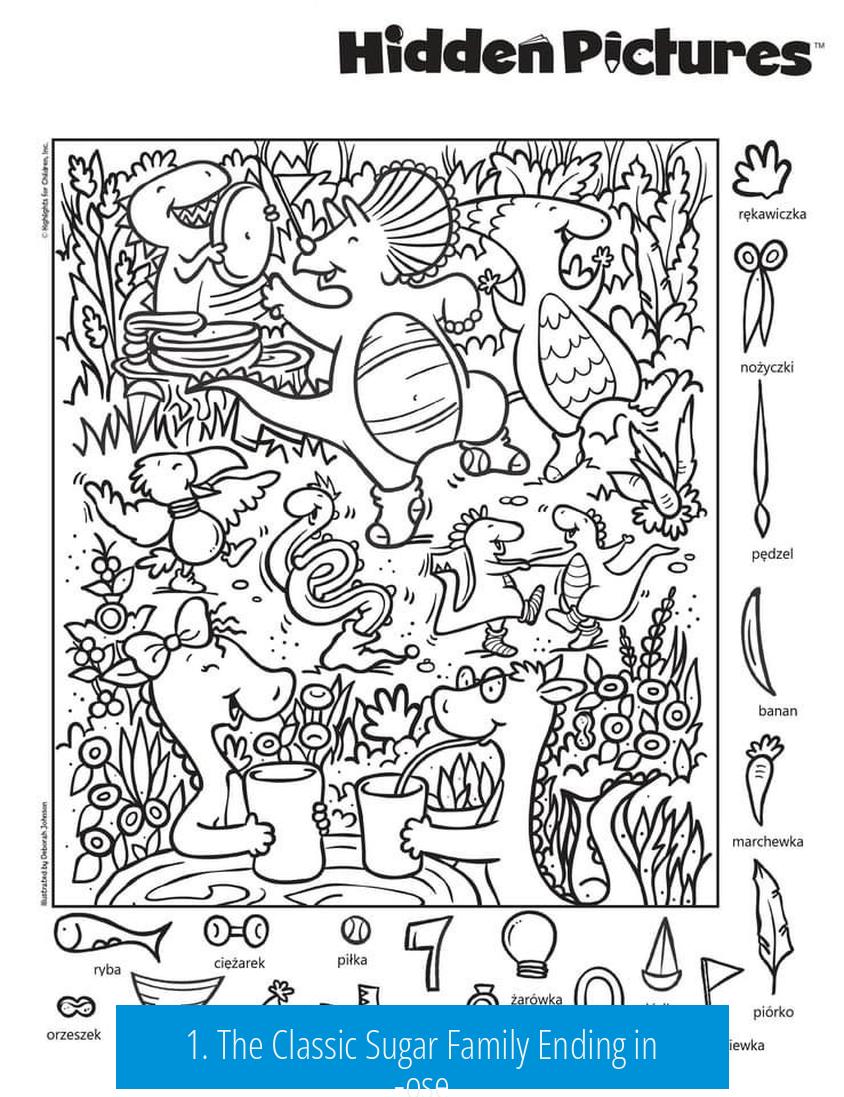
Anything ending in “-ose” is probably sugar. If you see glucose, fructose, dextrose, maltose, or sucrose on an ingredient list, you’re basically staring straight at sugar’s many aliases. Sound fancy? Sure. But it still means your snack has sugar—just science-y sounding.
Why do companies do this? Because “fructose” sounds way less guilty than “sugar.” And with numerous -ose variations, it’s a Pandora’s box of sweetness lurking in your granola bar or ketchup.
2. Added Sugars: The Legal List You Can’t Escape
“Added sugar” is an official term on nutrition labels, thanks to the FDA. It includes ingredients like brown sugar, corn syrup, high-fructose corn syrup, honey, molasses, sucrose, and more.
The FDA insists companies list these on the nutrition facts panel, including their % of daily value. This is one place the sugar masquerade falters because all those sugary terms, no matter how fancy, magically add up under “added sugars.” It’s the government’s way of saying, “Nice try, but we see you.”
Still, these ingredients get split up and spread all over the list to dilute your suspicion, and that’s where the fun begins.
3. Single Ingredient Sugars: The One They Can’t Hide
If your product uses plain white sugar or maple syrup as a single ingredient, the brand has to be honest. You’ll find the word “sugar” on the label. No sugar-coating this one! It’s like getting caught with a bag of candy at a diet meeting—there’s no convinced denial here.
4. The Sneaky Natural Sugars and Sweeteners
Now here’s where companies get really clever. They’ll swap plain “sugar” for things that sound healthy and natural. Cane juice or “evaporated cane juice” was the trend for a while; however, tax laws in the U.S. made cane tricky, so many switched to beet sugar. Clever, right?
Then there’s a whole parade of syrups: malt syrup, oat syrup, rice bran syrup. These sound almost wholesome and cozy, like something you’d drizzle on your pancakes on a lazy Sunday morning—except they’re still just sugar in disguise.
Agave nectar, honey, and even nectar of other flowers join this sugar masquerade ball. Because these don’t have “sugar” in their name, the product feels less sugary—until your taste buds call it out.
5. Mixing Sugars Like a Smoothie to Play Ingredient List Games
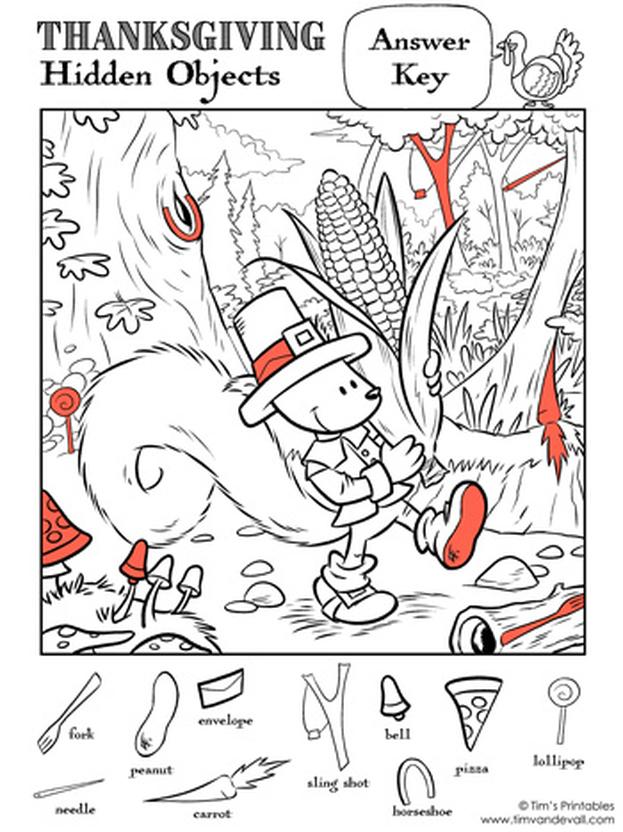
Companies love blending sugar types because ingredient lists list things by weight. If you mix 1/3 raw sugar + 1/3 cane sugar + 1/3 sugar, now “sugar” might fall below other ingredients, making you think the product is ‘low sugar’. But in reality, the total sugar content is the same, just hidden in plain sight.
This method is like hiding in the crowd, theater style—sugar’s taking a backseat, but it’s still center stage in your snack.
6. Syrups, Concentrates, and Fruit Juice Magic
Ever noticed “fruit juice concentrate” or “fruit juice crystals” on labels? These are sugar-loaded ingredients masked as natural or healthy options. Companies cook or dry the juice to remove water, concentrating sugars and making it super sweet. So much so that some syrups are practically 100% sugar.
This tactic allows brands to say, “We use natural fruit juice,” while slipping in boatloads of sugar. It’s like sugar’s ninja move—quiet but effective.
What’s a Conscious Consumer to Do?
Here’s the reality: sugar is everywhere and it loves playing dress-up.
- Look out for any words ending in -ose.
- Check the “Added Sugars” section on nutrition labels.
- Beware of many types of “natural” syrups and nectars, which often mask high sugar content.
- Don’t be fooled by blends that juggle sugar types to slip past ingredient scrutiny.
- Fruit juice concentrates can be the wolf in sheep’s clothing.
It can seem like a game of hide-and-seek where sugar always wins. But staying informed is your best defense.
Final Sweet Thought
Next time you reach for a snack and your eyes dart over a list peppered with terms like maltose, trehalose, or evaporated cane juice, remember: it’s all sugar, just in different clothes. Armed with this knowledge, your snack choices get smarter, and sugar’s disguise doesn’t stand a chance.
So, who knew sugar had a whole identity crisis just to survive on your grocery shelf? It’s time to call out those aliases and eat with your eyes wide open.
What are common sugar names that end with “-ose”?
Words ending in “-ose” usually indicate sugars. Examples include glucose, fructose, sucrose, maltose, and lactose. These names help hide sugar in ingredients lists.
Which sugars must be declared as added sugars on labels?
The FDA requires added sugars like brown sugar, corn syrup, honey, molasses, and high-fructose corn syrup to be listed. This ensures transparency in sugar content.
How do companies use natural sweeteners to mask sugar?
They use terms like cane juice, oat syrup, or agave nectar. These don’t always include the word “sugar,” making products appear less sugary.
Why do manufacturers blend different sugars in their products?
Blending sugars like raw sugar, cane sugar, and refined sugar lowers their listing order on labels, which can make the sugar content seem lower.
How do syrups and fruit extracts disguise sugar content?
Syrups and concentrates can be nearly 100% sugar. Using fruit juice crystals or powders hides sugar behind natural-sounding terms without changing sweetness.




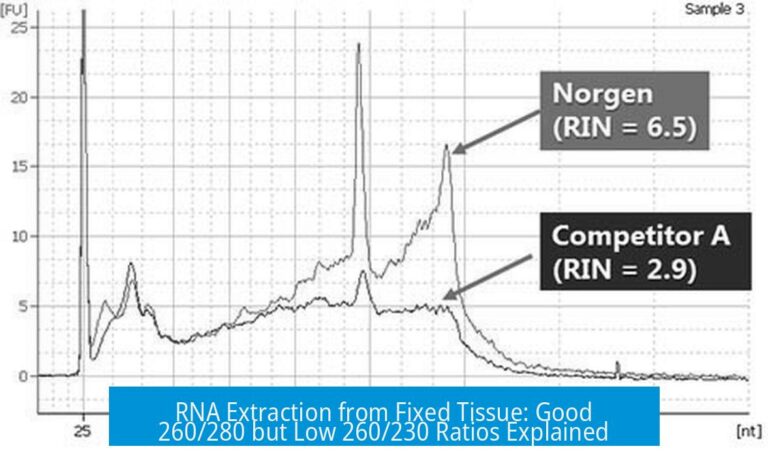
Leave a Comment